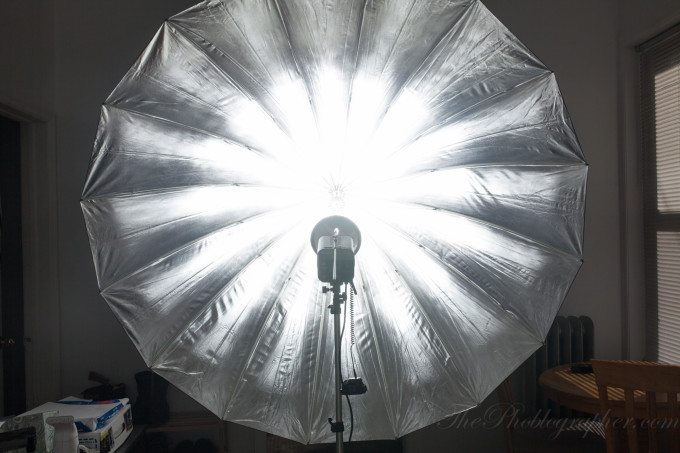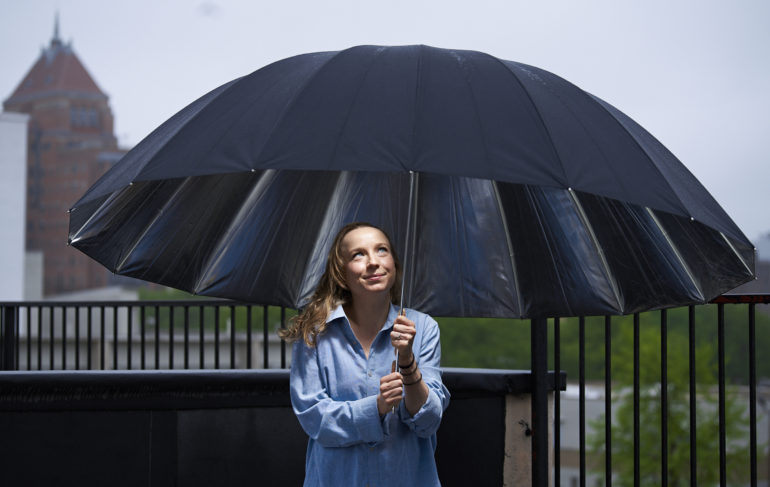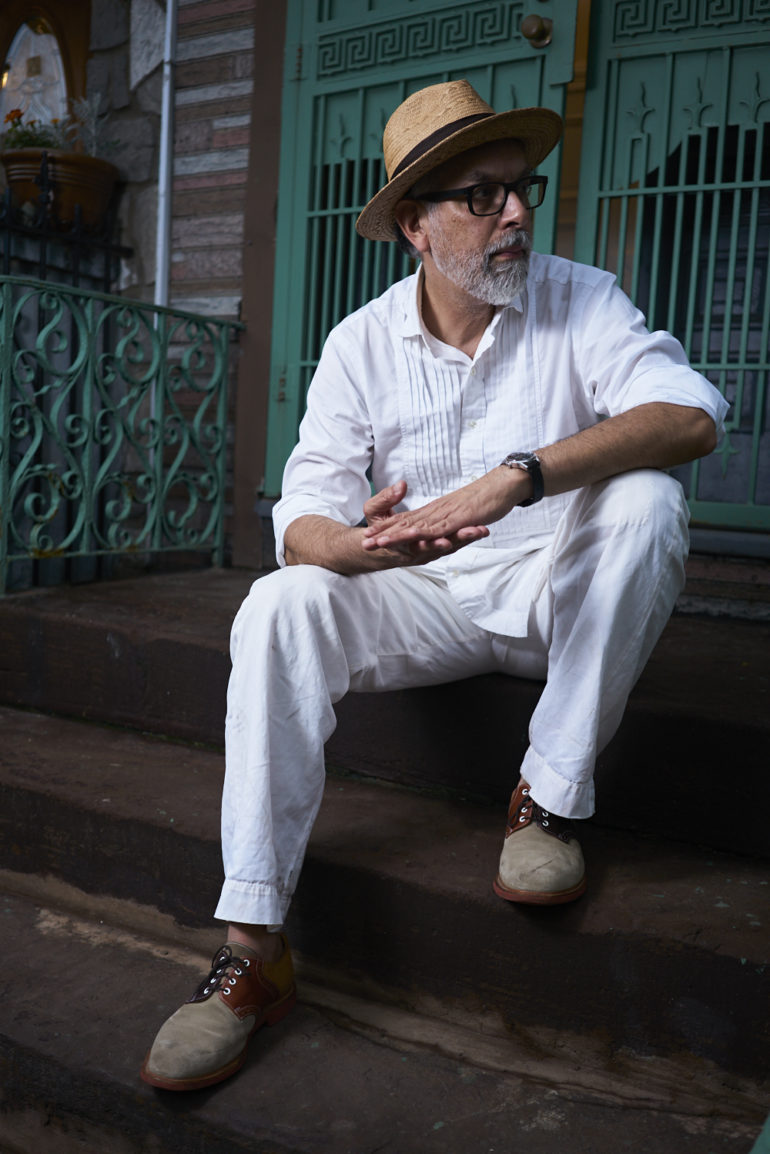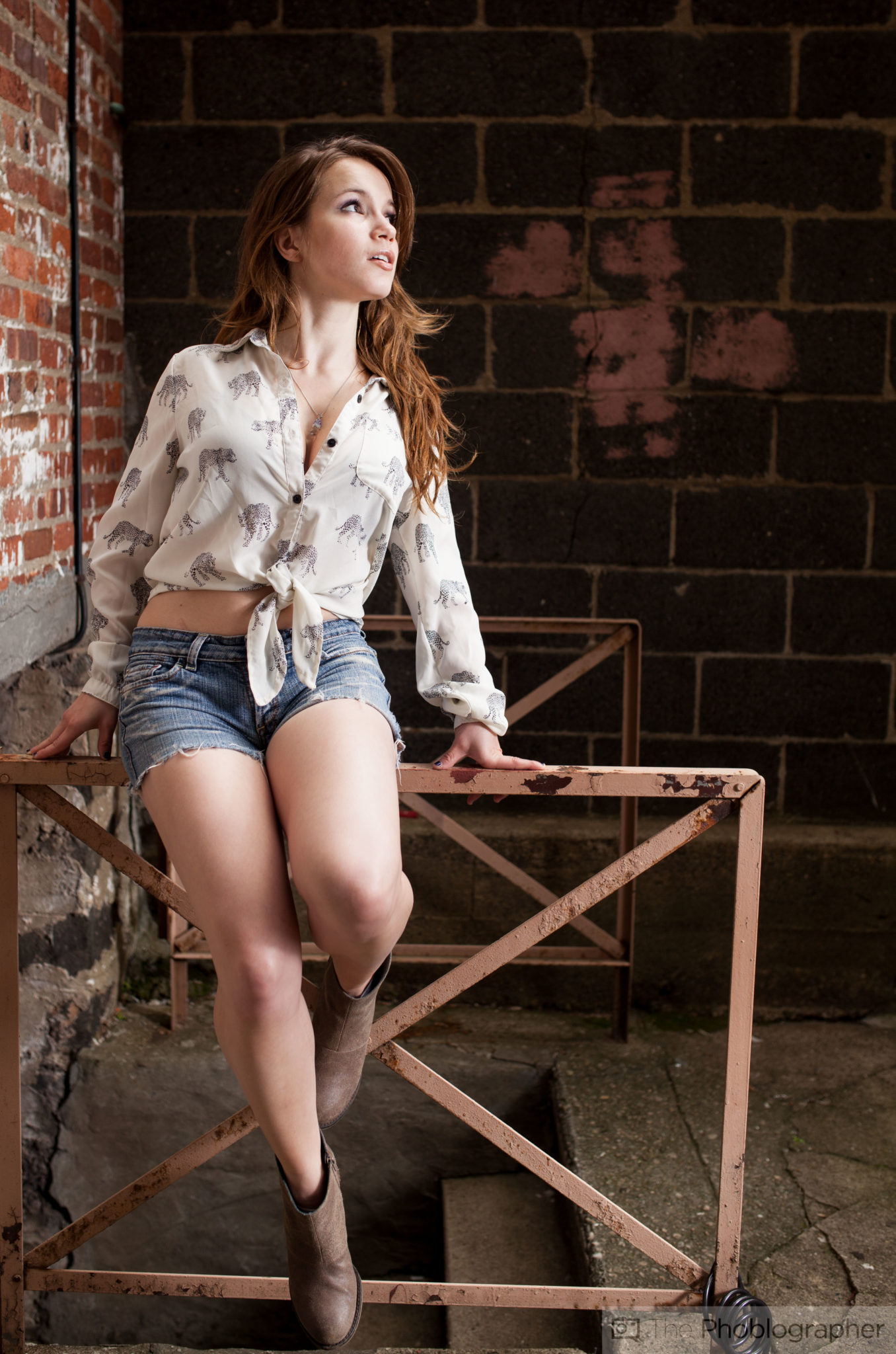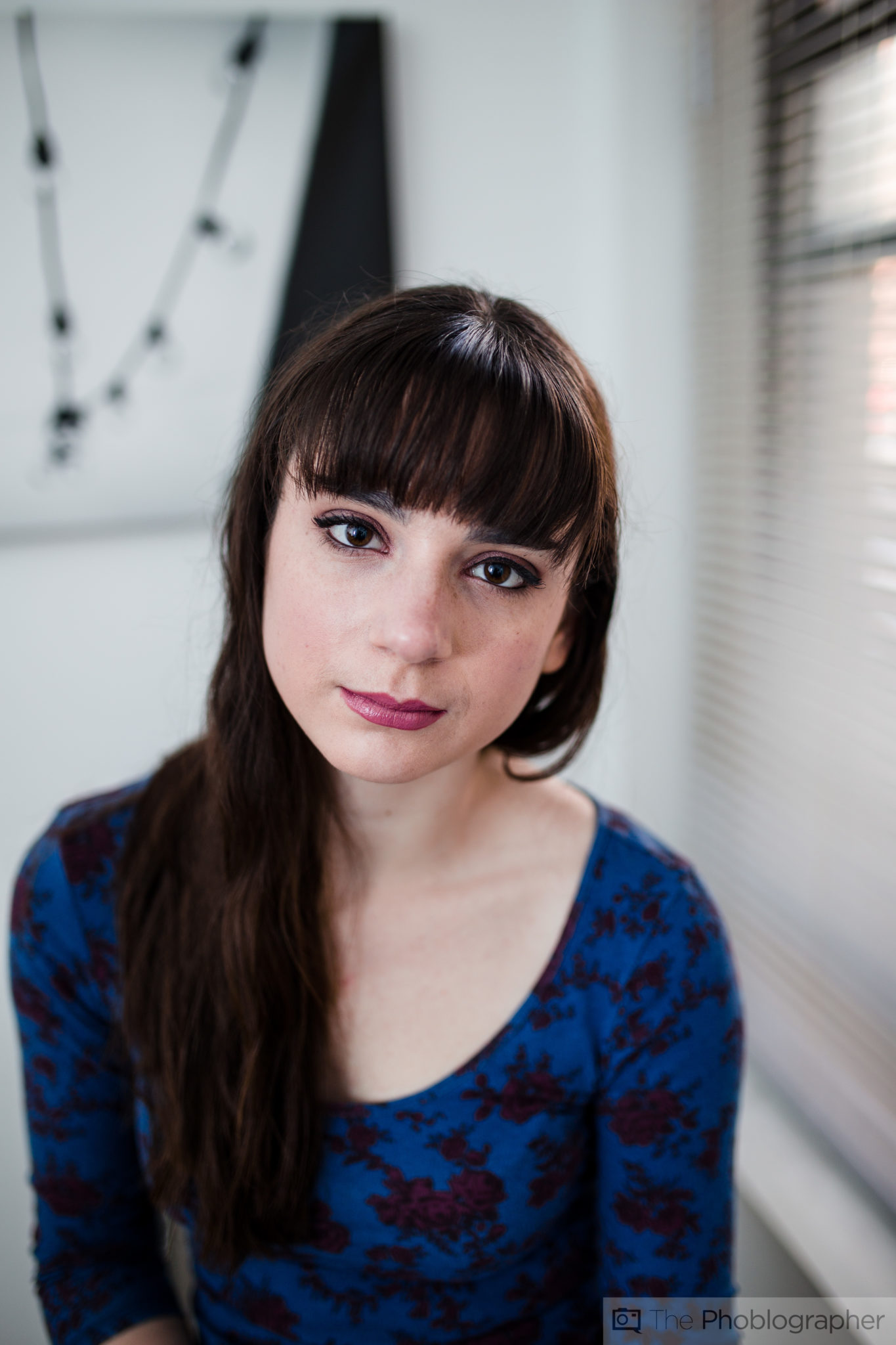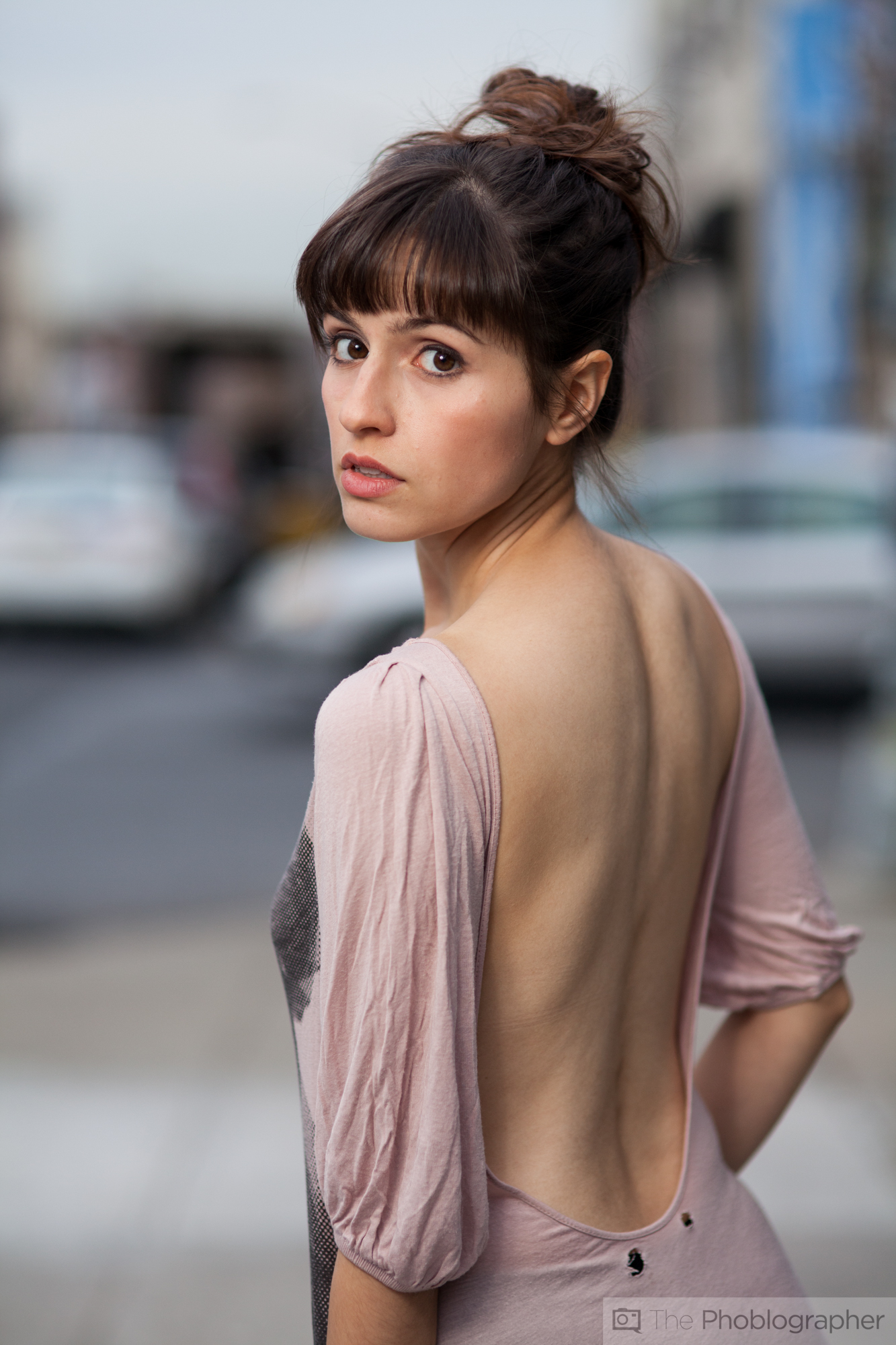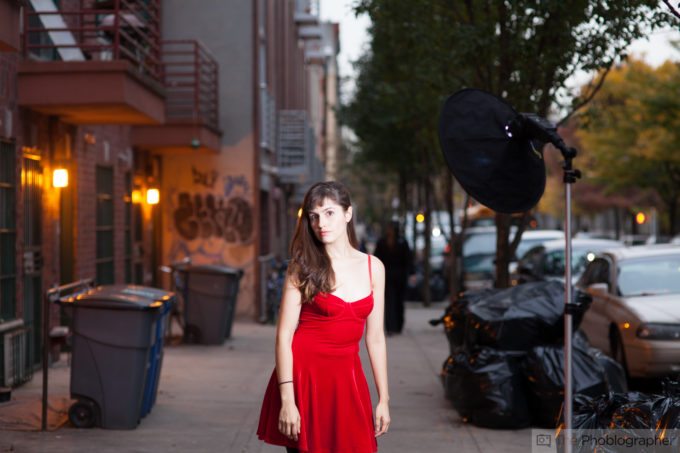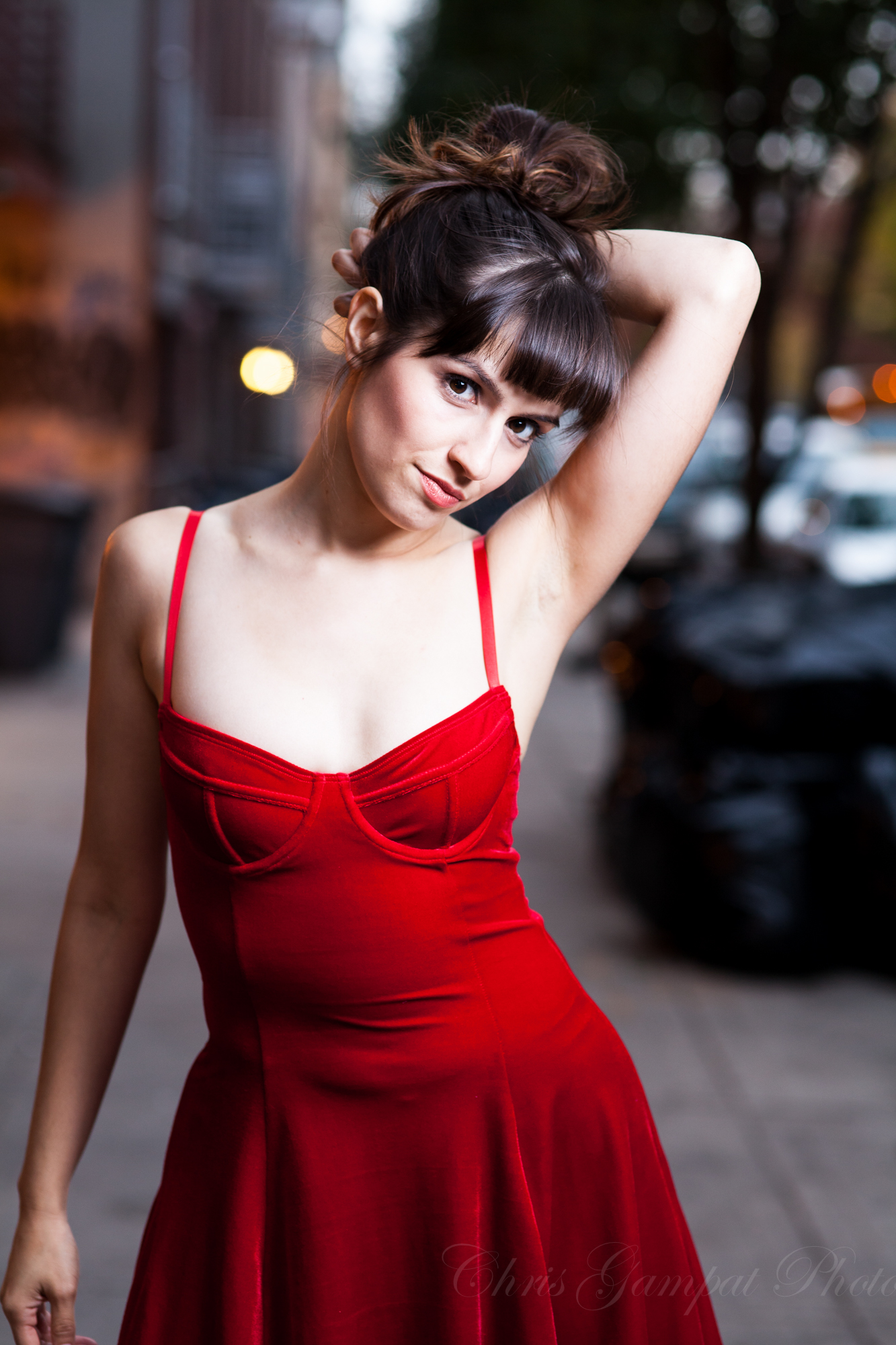Photographer Anita Sedowska takes us through what a Parabolic Umbrella and a beauty dish does for portraiture.
When it comes to portrait photography there is no doubt in my mind that softboxes are the most popular diffusers, but parabolic umbrellas and beauty dishes are also a favorite of many photographers. If you’re just getting into lighting, then it can be confusing as I’m positive that anyone can look at an image and not know whether or not a softbox, umbrella, or beauty dish was used to shoot it. Anita Sedowska takes you through it in her latest tutorial video which you’ll find after the jump, but we thought that we’d go into our archives to dig even deeper.
Parabolic Umbrella
Colloquially speaking, not many folks know what a parabolic umbrella is supposed to be. The most famous brand to create a true parabolic umbrella is Broncolor. A true parabolic allows the photographer to adjust the amount of light throw that the umbrella has. To that end, it can be closed/opened with its position at varying parts of the umbrella stem. It doesn’t need to be fully opened and locked in order to be used. Instead you can have it halfway open or something else like that. But what Parabolic umbrellas and how they’re more loosely defined today are supposed to do is throw the light more forward rather than embrace the full scatter that an umbrella allows.
Because of this, parabolic umbrellas tend to be more dome shaped than others.
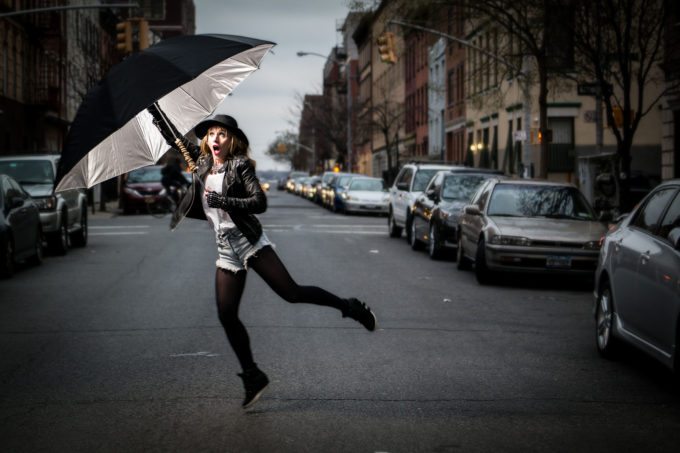
Pro Tip: Use an umbrella with a light hidden inside to create a really cool effect.
Model: Bec Fordyce
Here’s an example of a smaller, and less parabolic umbrella. Below are more examples shot with a parabolic umbrella.
Beauty Dish
Beauty dishes on the other hand are essentially big dishes with the flash brought in towards the back. The back has a hole where the flash is placed. The flash then fires onto a reflective plate inside the dish and the plate spreads the light out through the entire dish and toward the subject. Typically, the dish’s interior is white to add even more of a softening effect. Years ago, I did my own hack involving a beauty dish and shoving a Gary Fong Lightsphere inside of it. This allowed me to place a speedlight inside the dish effectively and safely.
Here’s a beauty dish setup.
Here’s a photo example shot with a beauty dish. The light is much harsher because it is a smaller light modifier (which Anita states in her video. So which one should you use? Personally, I always reach for my umbrella. But in the past few years, I’ve been reaching more and more for my Roundflash Dish because it is more convenient and more portable. But if I’m going for an umbrella, it’s typically go big or go home.
You Might Like:
from The Phoblographer http://bit.ly/2L3JLT7
via IFTTT
